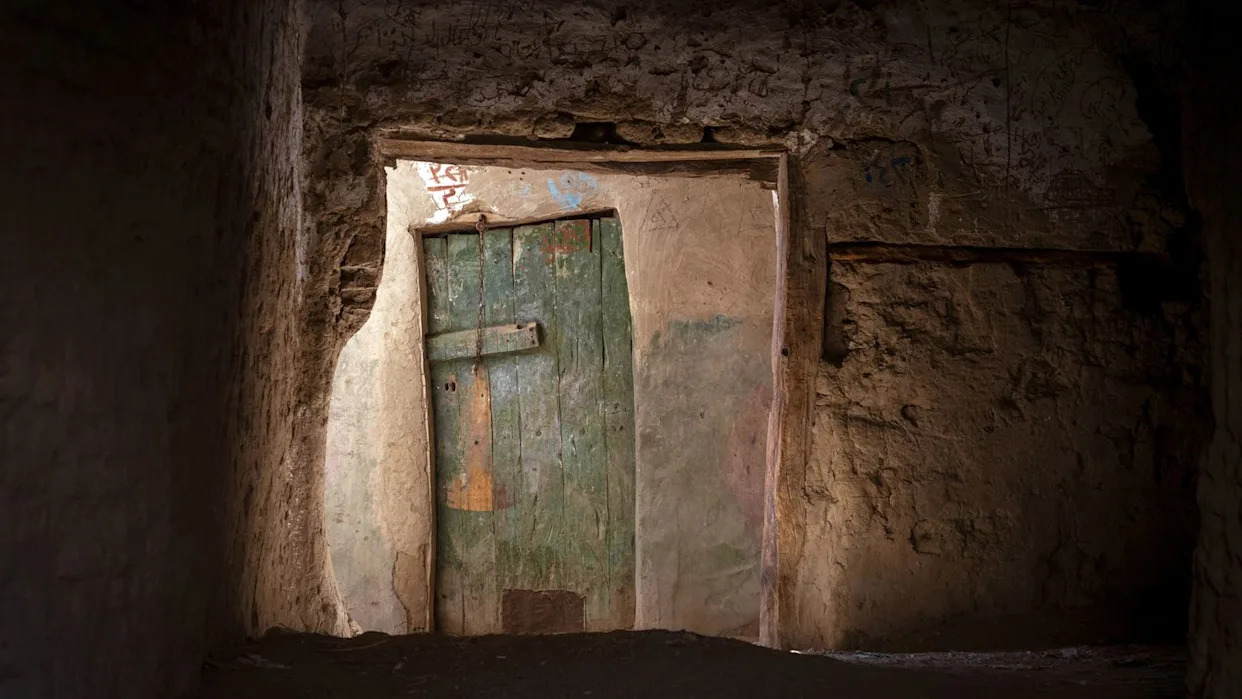Here’s what you’ll learn when you read this story:
-
Researchers discovered a secret sealed room in Ukraine’s historic Galician Castle.
-
After accessing the sealed room, the researchers found that it was once a fortified space for storing weapons and testing artillery.
-
The research team may have also discovered the beginning of a network of tunnels—known only through legend—beneath the castle.
For 300 years, nobody knew that a secret sealed room existed in Ukraine’s historic Galician Castle, let alone entered it. But researchers recently discovered the room and broke that seal, discovering that it was likely a fortified space for storing weapons and (possibly) even firing artillery.
The castle—prominent in the 12th through 17th centuries in the western Ukrainian city of Halych—has long been an attraction. When archaeologists from the National Academy of Sciences of Ukraine noticed a ventilation shaft among a tower’s ruins, it led to an unknown room that hasn’t been used for 300 years, according to a report from Heritage Daily. Most likely, it had been cut off from the rest of the castle since the Turkish-Polish War of 1676.
As the shaft was too narrow to access—Vladimir Oleynik, director general of the Ancient Galich National Reserve, told Heritage Daily—crews dug through over 5,200 cubic feet of debris by hand to access the room. Oleynik said that the manual labor was key in ensuring artifacts weren’t damaged and the integrity of the structure wasn’t compromised while accessing the chamber.
Once inside, archaeologists discovered that the room was likely a casemate—a fortified space for storing and testing weapons. Evidence for this included the walls (which featured dark soot stains, a common result of firing artillery from the time), and the presence of a ventilation shaft (they were popular in casemates to allow smoke to escape).
The Galician Castle—sometimes known as Starasta Castle—was originally a wooden fortress from the 12th century, and was built along the Dniester River. In the 14th century, Casimir III the Great led major renovations, after which the castle was used as a residence. In the early 17th century, architect Francisco Corazzini designed a remodel, but not even a century later, the Turks’ army sieged the castle with cannons during the Turkish-Polish War of 1676. Experts believe that the bombing of the castle buried the ventilation shaft, covering the recently rediscovered room.
“This part of the castle has been completely cut off since the explosion,” Oleynik said. “No heavy machinery could be used, so it was all done manually to preserve the archaeological integrity.”
Isolated from the main fortress, use of the chamber as a casemate makes sense, but crews will continue to analyze finds within the room to better understand how it fit into the site’s patchwork ruins.
Crews may soon have some more pieces of that puzzle to explore, as the team located a small gap in the chamber’s walls that could lead to further exploration. With a legend circulating throughout the city that the castle site features secret underground passages—one such story tells of how the love-struck daughter of a high-ranking official escaped with her chosen man, all thanks to her maid bribing castle guards—any little clue about the existence of such tunnels would add a fresh level of intrigue to the site.
You Might Also Like
Yahoo News – Latest News & Headlines
Read the full article .


